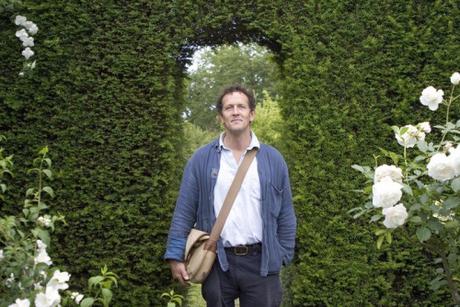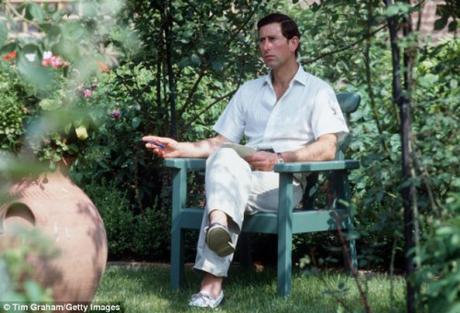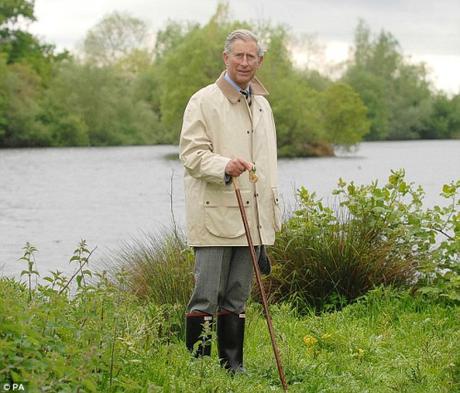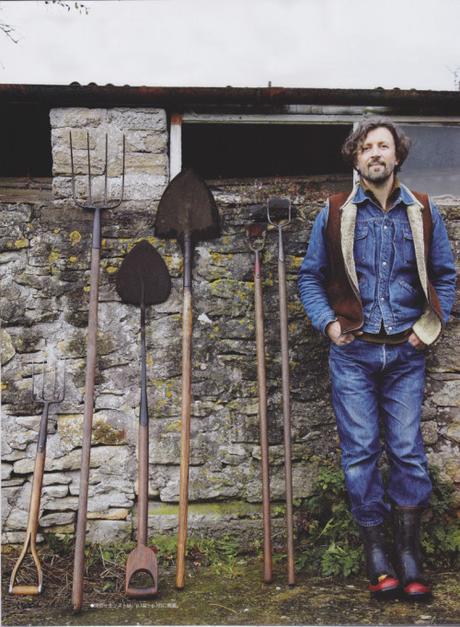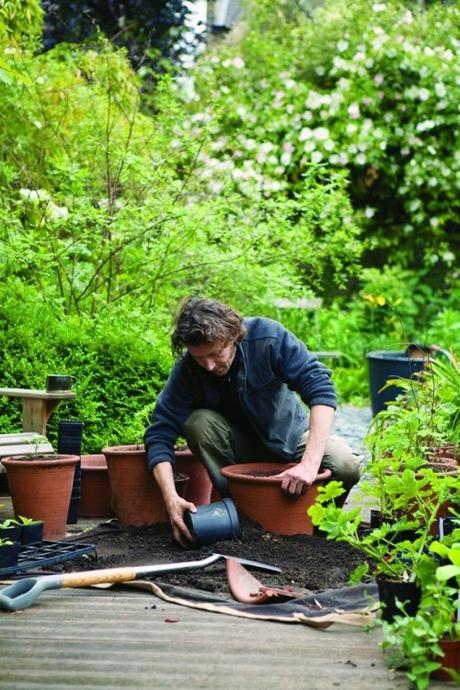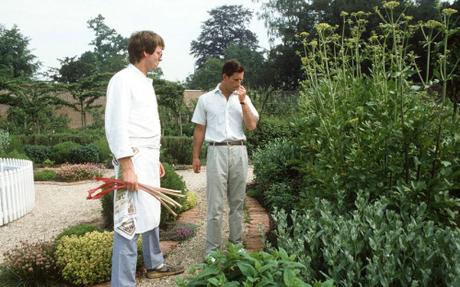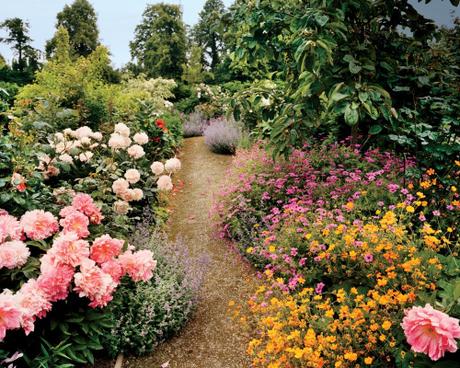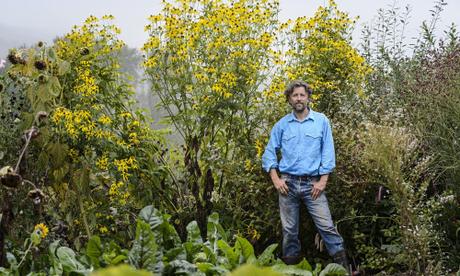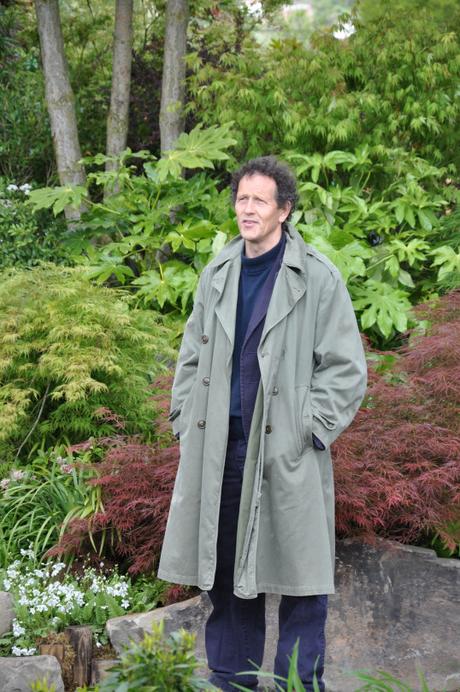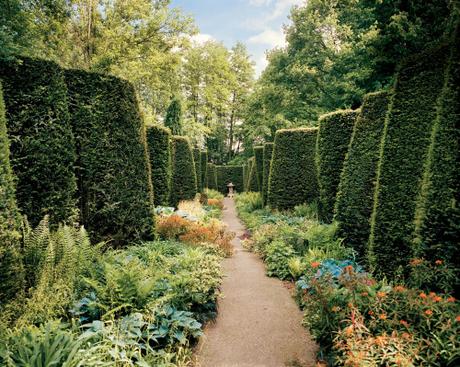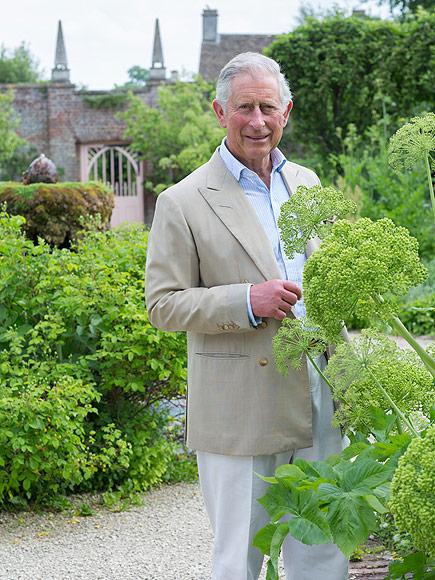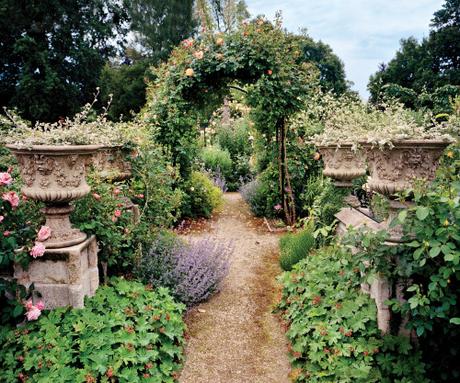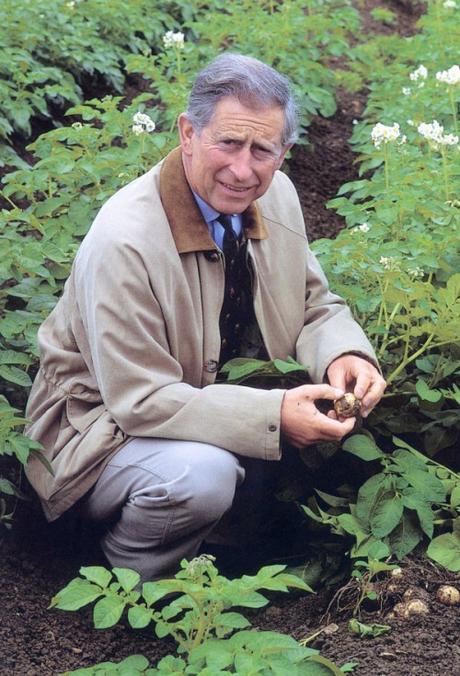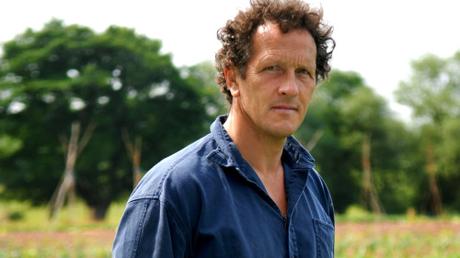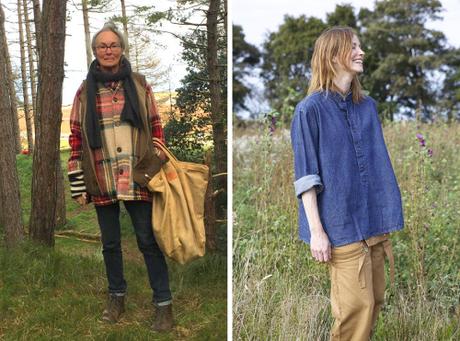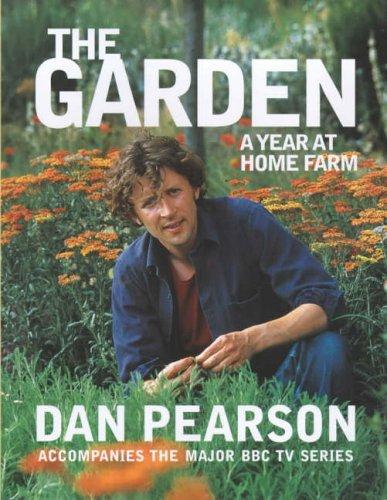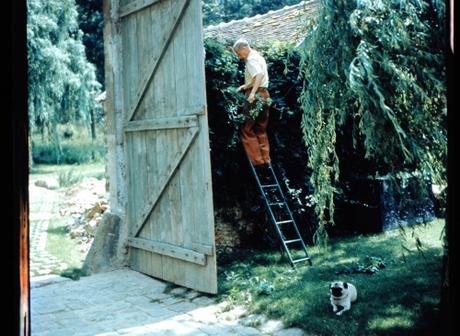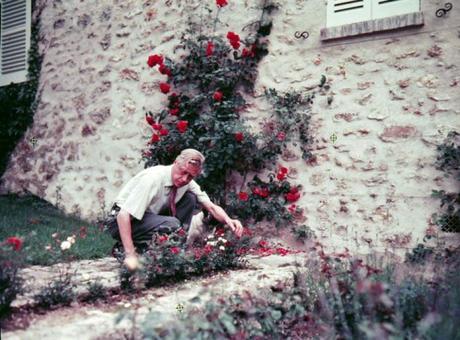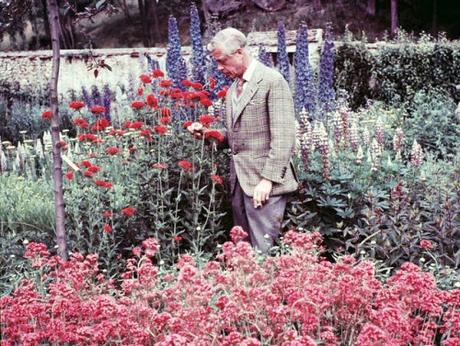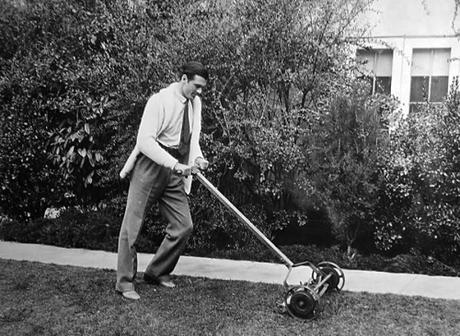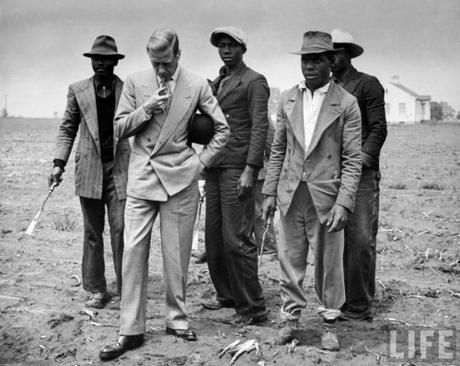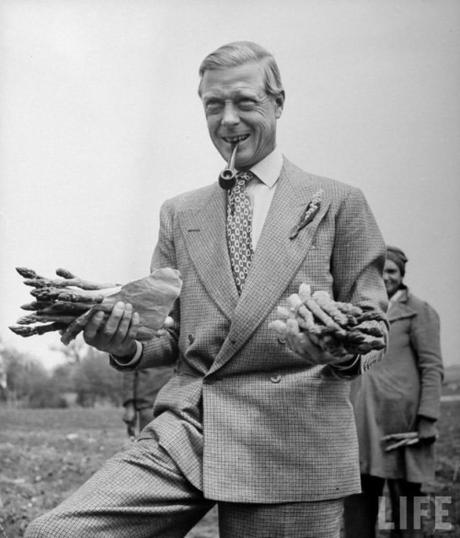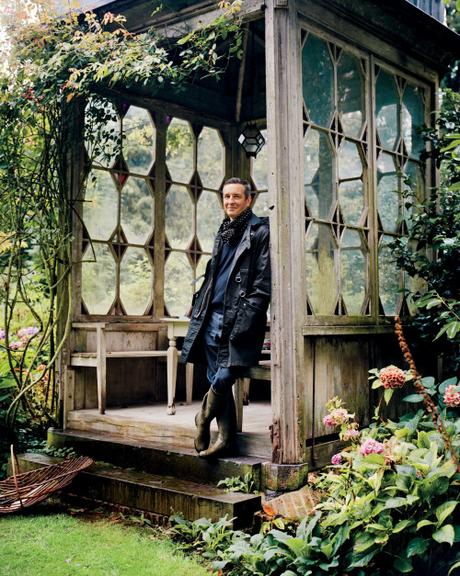
Monty Don, an English TV presenter and writer on horticulture (perhaps best known for presenting the BBC television series Gardener’s World) once wrote something titled “Dirty Dressing” at The Guardian. It’s ostensibly a guide on how to dress for gardening – a guide that’s filled with Don’s personal prejudices and random biases, which, when done in good humor, I think makes for the best style writing. Naturally, Don focuses on the practicalities of how to dress when you’re digging your hands through the soil, but I also love the article as a general introduction to a springtime look.
It can be hard nowadays to dress well without a coat and tie. Casualwear that’s too basic can feel staid (e.g. anything that could be described as business casual), but other things can feel like they’re out of left field. For a solid, in-between look that touches on workwear without feeling antiquated, I like this idea of wearing things that might be seen on a home gardener sometime in the 1950s through ‘80s. Faded, straight legged jeans; French chore coats; stretched out sweatshirts; old chambray shirts; and a pair of dirty boots. Lots of neutral, earthy colors here such as clay brown, sandy tans, and olive greens, but also punctuated with a generous amount of indigo blue.
It’s a look that feels so natural, I can’t help but nod along when Don describes his choice of dress (except the part where slanders jeans and calls them the most absurd piece of clothing; no one can be right all the time, unfortunately). An excerpt:
If you are not familiar with their joys, high-rise trousers are fantastically comfortable and keep your lower back warm. My children still squirm with embarrassment every time they see me in them (which is most days) but that is probably some kind of seal of approval. If you are uncertain about the required cut, check out photographs of agricultural labourers in summer (ie jacketless) circa 1880-1914. The only two fabrics I use for trousers are corduroy and cotton drill. I have two weights of the latter in identical cuts, very heavy and light. Twice as many heavy as light. You have to accept that gardening trousers get wet, muddy and stained, so need washing a lot. If they are ‘good’ they will be much loved and probably expensive, so must last the wear and tear outdoors and in the washing machine. Anyway, good trousers only start to feel right after a year or so. […]
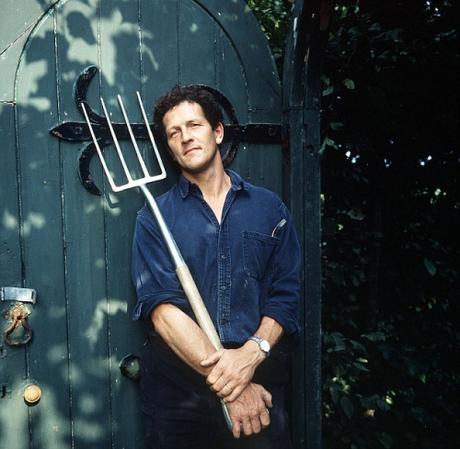
Wear thick socks summer and winter, if possible of pure cotton or wool. Gardening in light shoes is a joy, but a rare one. I have a pair of handmade leather boots that I use for all digging and heavy work. These cost as much as a holiday for two in the Bahamas but were worth every penny and much preferable to a holiday. I can dig all day in them without any discomfort and they are wholly waterproof. Shirts are the thing. I like pull-on ones that button down to the chest. Get them big with lots of room under the armpit and long enough to cover your bum. Check that the cuffs are wide enough to easily roll up above the elbow. Cotton drill is best. A chest pocket is useful, too. It goes without saying that no gardening shirt (and no other item of clothing of mine) ever sees an iron.
Don has other dictums – thornproof tweed jackets are ideal, even if they look a bit patrician, and they’re best worn with waterproof waistcoats that have plenty of pockets. Wide belts can also help support your back, and they should be made from a good quality, thick, English leather. The belt “should mean business,” he writes. “Also, never wear tight trousers. Always buy trousers at least one waist size too big, make sure that the pockets are big enough to comfortably hold penknife, hanky, string, phone, pencil, labels and perhaps a mint or two. The pocket thing is a matter of fine tuning. Too deep and you are rummaging around up to your elbow in them.”
Pretty thought out stuff.
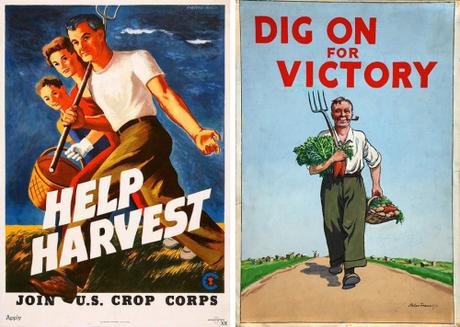
Monty Don’s style is a bit particular, but there are plenty of other places where you can take inspiration. That scraggly, home gardener look feels familiar because it relies on all the same British and American workwear basics that have been popular for decades – just in a fuller fit (a pushing theme lately on this blog, I know). The things you’d wear for gardening are essentially the more durable items that are probably already in your closet, just hopefully in a worn down form that gives them charm. This could be old t-shirts with jeans, button-downs with heavy cotton pants. Pair them with a stylish, but lightweight, work coat and you’re good to go.
Take a look at some of the war garden propaganda from the Second World War – particularly Britain’s “Dig for Victory” campaign, which was set up by the British Ministry of Agriculture. Here, men and women across Britain were encouraged to grow their own food in times of harsh rationing, which meant open spaces everywhere in the country were transformed into vegetable patches. The “Dig for Victory” posters often had these great looking, stylish illustrations, which showed how great a fuller fitting pair of trousers could look along with a simple, white shirt.
For something more grounded, turn to contemporary gardening icons. There’s Monty Don, naturally, but also men such as Dan Pearson, who favors slubby denim shirts and textured button-ups with trucker jackets and mid-washed jeans. And when Vogue photographed Dries Van Noten’s spectacular home a few years ago, the designer himself (pictured at the top of this post) was shown wearing a waxed cotton parka with indigo pants, green Wellies, and a navy, dotted scarf while standing in his restored gazebo.
There are also a few more classic examples below – Prince Charles, notably, wearing open collar shirts with white chinos in his garden, or low contrast combinations that involve cream-colored jackets (maybe more for when you’re enjoying your garden, rather than working in it). C.H. Middleton, an author and possibly the first TV gardening presenter, used to also wear tailored jackets when doing his show. (Although, this man he’s interviewing looks more properly dressed for the work of digging).
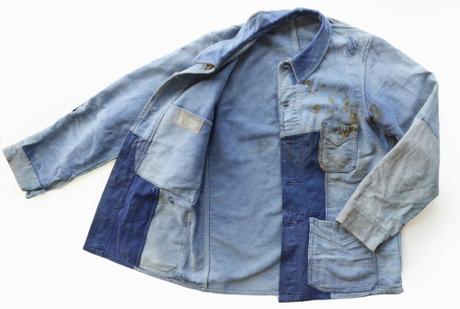
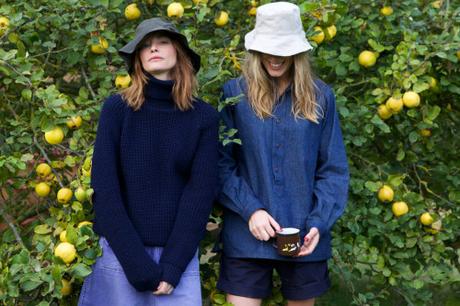
For brands you can turn to, check Sassafras, a niche Japanese label that’s literally designed with the art of gardening in mind. In previous seasons, they’ve had shirts with specialized seed pockets (which I admittedly would only use for sneaking snacks into theaters). Old workwear standbys, such as Engineered Garments, ts(s), Blue Blue Japan, Chimala, and Orslow are worth a revisit. Their styles tend to be workwear-y enough to have the same gardening sensibility, without crossing over into the kind of ranch wear you’d find at RRL (although, that stuff is good too).
I also like some lesser known labels. Tender specializes in oversized clothes that have been hand-dyed in interesting, earthy colors. Older Brother has a similar feel, but with shorter, boxier cuts (which I’ve been liking for tops). There’s also Carrier Company, which is a small, English shop that’s filled to the brim with these lovely, lightweight work clothes. Some are more seafaring inspired, but plenty look at home in the backyard. Additionally, you can turn to Old Town for some of the things you see below on Don.
Finally, there the classics – an old Barbour jacket, which can be used for this and almost anything; Le Chameau for reliable Wellies (the company’s leather lined Chasseur is fantastic, although these neoprene boots are more affordable); and finally a French chore coat. Companies such as Vetra, Le Laboureur, and Arpenteur sell some nice ones, although I prefer mine to be vintage. That way, they come with the kind of beaten-in look that a desk jockey such as myself will never really achieve. Frankly, although I want to look like an unwashed, home gardener this spring, I can barely take care of these succulents sitting on my dresser.
(Thanks to Bang, who actually does garden, for his help with this post)
